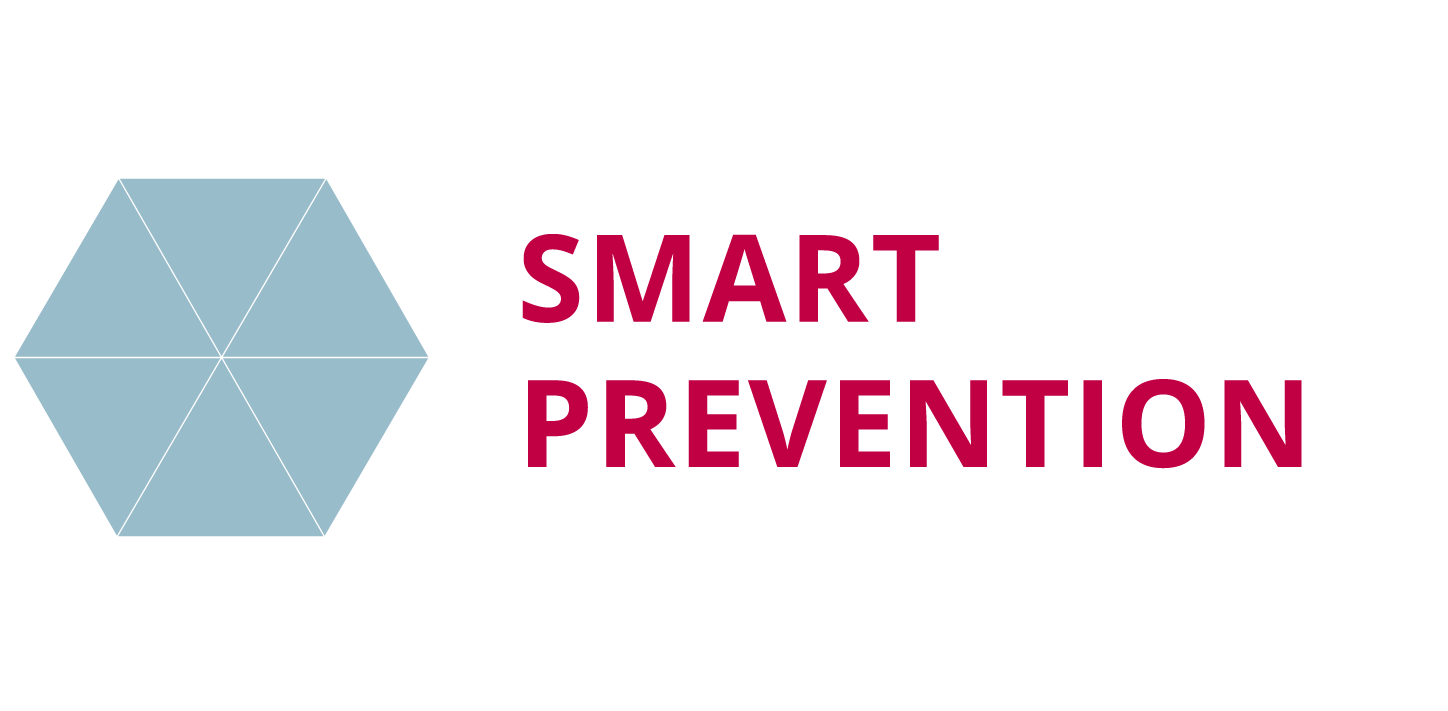- Computer Science / Threat / Prof. Dr. Britta Wrede
Prof. Dr. Britta Wrede
New prevention tasks
- Wrede: Phenomenon
- Wrede: Chances
- Wrede: Vision
Digitalisation allows a new linking between basically perpetrators and victims and allows, actually enables, new gateways. That means, for example, a smart home offers me many more opportunities to be attacked. I not only have sensors in my smart home apartment, but possibly also actuators that operate things like blinds or lights or speakers, but also something like doors that can suddenly be electronically controlled. And that makes me vulnerable in a completely different way than I would be without digitalisation. On the one hand, this is a problem of course, and on the other hand, because of all the sensors that are now also present in the smart home, someone who wants to steal data can suddenly get completely different data from me than it was possible before. At the same time it has become much easier for offenders to cause damage with this data. On the other hand, the social inhibition threshold has also become lower, because suddenly I no longer have personal contact with the victim, but I can simply do this digitally and then gain a benefit from it without ever having to have contact with the victim. In other words, digitalisation has opened up completely new dimensions of crime opportunities and also significantly lowered the inhibition threshold for criminals.

Prof. Dr. Britta Wrede
- Since 2019 Head of the Medical Assistance Systems Working Group at the Medical Faculty (under construction) of Bielefeld University
- Since 2010 Head of the Group for Applied Computer Science at Bielefeld University
- Previously head of the research group “Hybride Gesellschaft” of the AdR Laboratory
- 1999 M.A. and 2002 PhD thesis at the Faculty of Linguistics and the Faculty of Technology in the field of automatic speech recognition
- One year DAAD scholarship at the International Computer Science Institute (ICSI) in Berkeley, USA (work on the analysis of prosodic cues for emotional language or “hot spots”)
- Main focus in the group for Applied Computer Science: Modelling of human-robot dialogues, emotion recognition and modelling in HRI, developmentally inspired language acquisition approaches, modelling of visual attention, analysis of tutor behaviour towards children and robots, modelling of the perception of multimodal tutor behaviour for learning and how pragmatic information can be used for HRI or interaction with intelligent environments
- Their research is driven by the question of how to equip robots with a better understanding of their social and physical environment and is strongly inspired by human development. She follows the hypothesis that learning must be embedded in social interaction
- Co-publisher of the deutsche Zeitschrift für Künstliche Intelligenz [German Journal of Artificial Intelligence]
- Principal Investigator in several EU projects (CODEFROR, ITALK, RobotDoc, Humavips) and national projects funded by the DFG (SFB 673 Alignment in Communication), the DLR (Sozirob – Der Roboter als Fitnesstrainer), the DAAD Thematic Network on Intelligent Systems and the BMBF (KogniHome, DESIRE – Deutsche Service Robotik Initiative)
- Phenomenon
- Threat
- Chances
- Vision






Comments